From Boomers to Gen Z: Crafting Office Spaces That Speak to Every Generation
From Boomers to Gen Z: Crafting Office Spaces That Speak to Every Generation
How can you lead effectively when your team spans nearly a century in age differences—ranging from the steadfast
Traditionalists to the dynamic Generation Z?
UNDERSTANDING GENERATIONAL MINDSETS
- Traditionalists (76-99 years old): Loyal to the organization, they view a career as an opportunity and often have long-term commitment.
- Baby Boomers (57-75 years old): Team-oriented, they go the extra mile and equate career with self-worth.
- Generation X (41-56 years old): Manager-focused, they deliver results and see career as one aspect of their identity.
- Millennials (26-40 years old): Colleague-loyal, they seek equitable treatment and view careers as a means to contribute value.
- Generation Z (25 years and younger): Experience-driven, they are invested in career growth.
Leadership Pain Points: The Challenge of Change
Leading a team that spans nearly a century in age differences can be challenging. The pandemic has reshaped many of our views. For instance, 25% of Millennials and 22% of Generation Z now prefer to work less often in the office. Less than half believe that businesses have a positive impact on society. With the Great Resignation still a concern, how do we retain and engage our diverse talent pool?
Action Steps for a Unified Team
To successfully navigate the generational challenges, consider these strategies:
- 1. Adapt Policies for Flexibility 🕒🤸: Customize your work policies to accommodate different needs and preferences across generations.
- 2. Embrace Global Perspectives 🌍🔍: Recognize that what works in one region may not be effective elsewhere; tailor your approach accordingly.
- 3. Increase Social Responsibility 🌱💼: Enhance your organization's social responsibility efforts and provide a clear, purposeful direction that resonates with all generations.
- 4. Bridge the Education-Job Competency Gap 🎓🛠️: Ensure that new hires have the necessary skills and competencies to meet job requirements.
- 5. Support Employee Wellness and Resilience 🧘♂️💪: Promote initiatives that support mental health, work-life balance, and overall well-being.
- 6. Promote Continuous Learning and Development 📚🧠: Offer training programs and career development opportunities that cater to the diverse learning preferences and career stages of your employees. For instance, Traditionalists and Baby Boomers might appreciate formal workshops and mentoring programs, while Millennials and Generation Z may prefer online courses and self-paced learning modules.
- 7. Foster Open Communication 💬👂: Encourage transparent and open communication across all levels of the organization. Implement regular town hall meetings, feedback sessions, and anonymous suggestion boxes to ensure everyone feels heard and valued.
- 8. Create a Sense of Belonging 🏠❤️: Develop programs and initiatives that foster a sense of belonging. This could include team-building activities, social gatherings, and recognition programs that highlight employees' achievements and contributions.
As a leader, you’re not just managing a workforce—you’re curating a culture. By embracing these strategies, you can ensure that your multi-generational team feels valued, engaged, and poised for success. It’s not just about managing differences—it’s about leveraging them to create a richer, more innovative workplace.
#Leadership #DiversityAndInclusion #WorkplaceCulture #EmployeeEngagement #GenerationalDifferences #FutureOfWork #EmployeeWellbeing #ContinuousLearning #TeamCollaboration #NOWofWorkpodcast #SHRM
